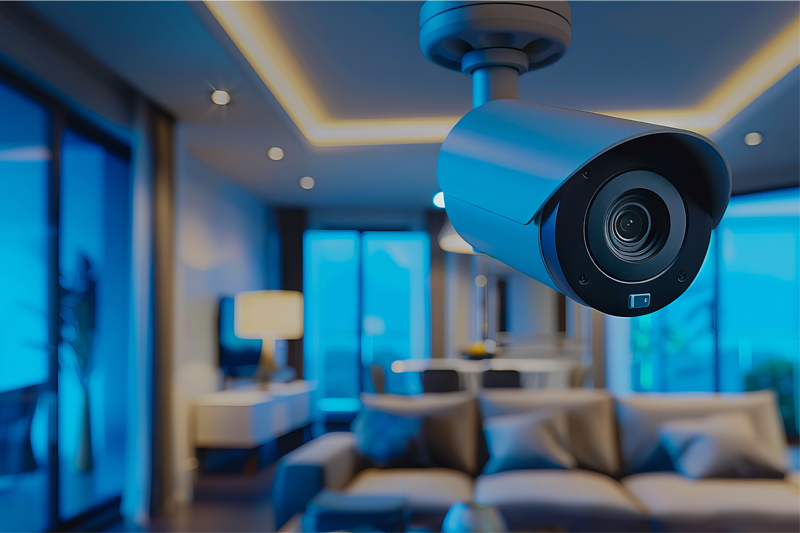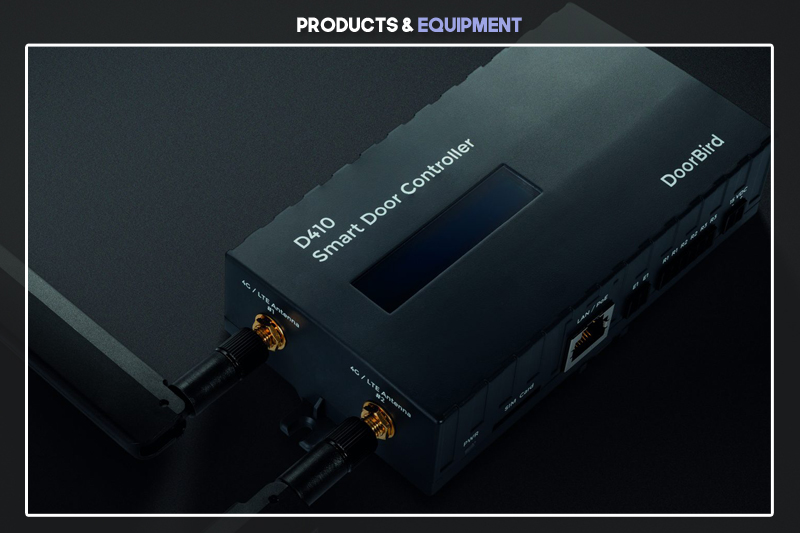KNX UK member Ryan Sheppard of KNX Ireland comments on the often- overlooked advantages of multi-discipline presence sensors.
One of the most interesting device categories on the KNX market is the presence detector. This seemingly simple device is commonly understood to be a lighting function controller and nothing more. However, this is where a KNX presence detector differs greatly.
A KNX presence detector is used to detect human presence in a specific area. This offers a vast and versatile range of functionality encompassing key building services to include lighting, HVAC and security among other features.
Functions and benefits of KNX Presence Detectors in building management include:
Energy conservation: Lighting can self-regulate via dimming or on/off, dependent on room occupancy levels and measured natural daylight. Similarly, the HVAC system can automatically move between comfort and economy mode upon presence detection. Both can help reduce energy consumption resulting in lower energy costs and aligning with BREEAM & LEED certifications.
Security: Room monitoring functions can be carried out by the KNX presence detector with updates sent to the site intruder alarm system thus detecting unauthorised entry to the building and helping to prevent theft or other security breaches. KNX presence sensors can also feature a heartbeat function which ensures the device cannot be unknowingly tampered with.
Improved building utilisation: Building managers can gain insights into how spaces are being used. This information can be used to optimise the use of space and improve building efficiency.
Enhanced comfort and convenience: Automating various functions of the building can improve the comfort and convenience of building occupants, while also reducing the workload of building maintenance staff.
The products below are high performing KNX certified products in terms of their multi-disciplinary functions and offer engineers a comprehensive solution that can be specified with confidence:
The BEG Luxomat PD11 presence detector is an excellent solution for rooms with abnormal detection conditions, such as glass divisions that ordinarily don’t allow PIR detection:
- Constant Light Control including HCL (Human Centric Lighting)
- HVAC control
- Noise detection
- Temperature measurement
- Simulation, Logic, Timers and Scenes
The Theben thePrema Multi features a comprehensive Air Monitoring solution in addition to all the expected lighting & HVAC functions:
- Multiple Constant Light Control Channels with Lux
- Independent Presence channels
- HVAC Control
- Occupancy/Room Monitoring
- CO2 Level Monitoring
- Relative Humidity Monitoring
- Temperature Measurement
- Air Pressure Measurement
The Steinel Multi-sensor True Presence is a truly innovative product that monitors multiple internal sensors for air changes to form an accurate conclusion of room presence:
- True Presence Detection (based on sensory organ)
- Air Humidity Monitoring
- Air Pressure Monitoring
- Lux Level Monitoring
- CO2 Level Monitoring
- Temperature Monitoring
In addition to the above, many other KNX certified manufacturers offer feature-rich presence detectors:
- MDT Presence Detectors
- Jung Presence Detectors
- Zennio Presence Detectors
- Faradite Presence Detectors
The takeaway from this article should be just how versatile and rewarding it is to utilise KNX presence detection in residential and commercial buildings. As a consulting engineer, you have a degree of comfort in specifying a KNX presence detector with the understanding that a single device covers multiple services. In contrast, a traditional installation may require individual lighting sensors, HVAC sensors, air quality sensors and intruder sensors. Failing to correctly specify and/or include one of these sensor types on a tender drawing can lead to system functionality issues resulting in hefty variation costs to remedy. By contrast, it would be genuinely difficult to make a mistake when specifying a KNX presence detector.
For more information, click here





